Ancient Rome: From city to empire in 600 years
Rome transformed from an independent city to a sprawling empire in a matter of six centuries.
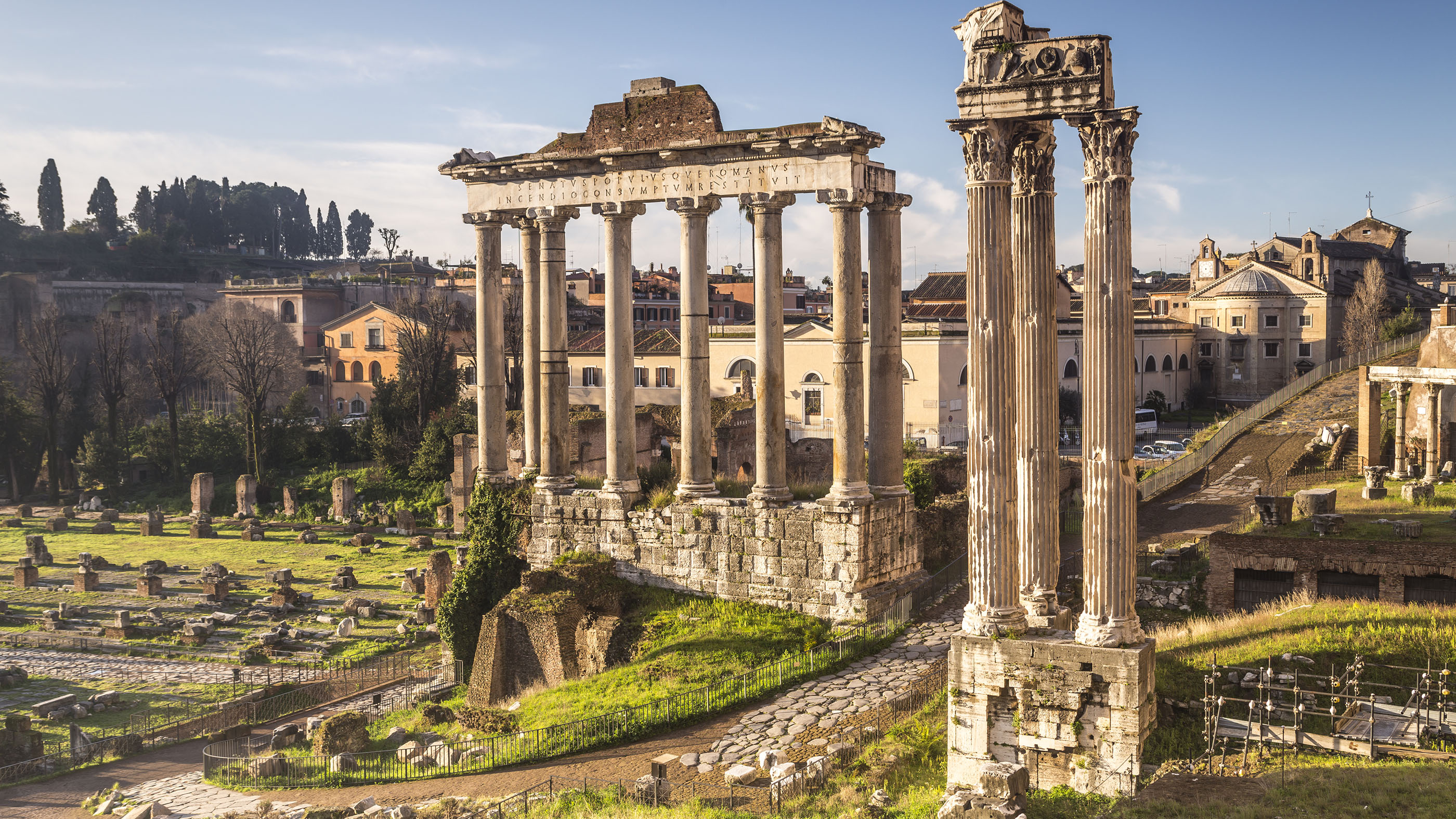
Ancient Rome refers to a city that became the center of an empire that flourished for roughly 600 years. During that time, the empire would grow to stretch from northern England to the Middle East, encompassing the Mediterranean Sea.
Exactly when the city of Rome was founded is a mystery. The ancient Romans believed that Rome was founded on April 21, 753 B.C by the brothers Romulus and Remus, who were supposedly raised in the wild by a female wolf after their parents abandoned them. While this story is regarded as legend today, it was so important to the Romans that they venerated the place where the wolf supposedly nursed the brothers.
In reality archaeological excavations indicate that people have been living in Rome for over 3,000 years, wrote Thomas Dynneson, professor emeritus of anthropology and education at the University of Texas, in his book "Rise of the Early Roman Republic: Reflections on Becoming Roman" (Peter Lang publishing, 2018).
The Romans believed that a line of kings ruled Rome after the time of Romulus and Remus, and that the last king was deposed in 509 B.C. with a republic style of government set up in the king's place. Few historical records from this period survive, and it's a subject of debate among modern-day historians whether this line of kings ever existed and, if they did, when it ended.
Analysis of early Roman writing and archaeological remains suggests that Rome's inhabitants were influenced by the Etruscans and Greeks, two peoples who also had cities in Italy. "As a result of Roman contact with the Etruscans, for example, they were able to develop a writing system that most likely had its earlier origins with the Aegean Greeks," Dynneson wrote.
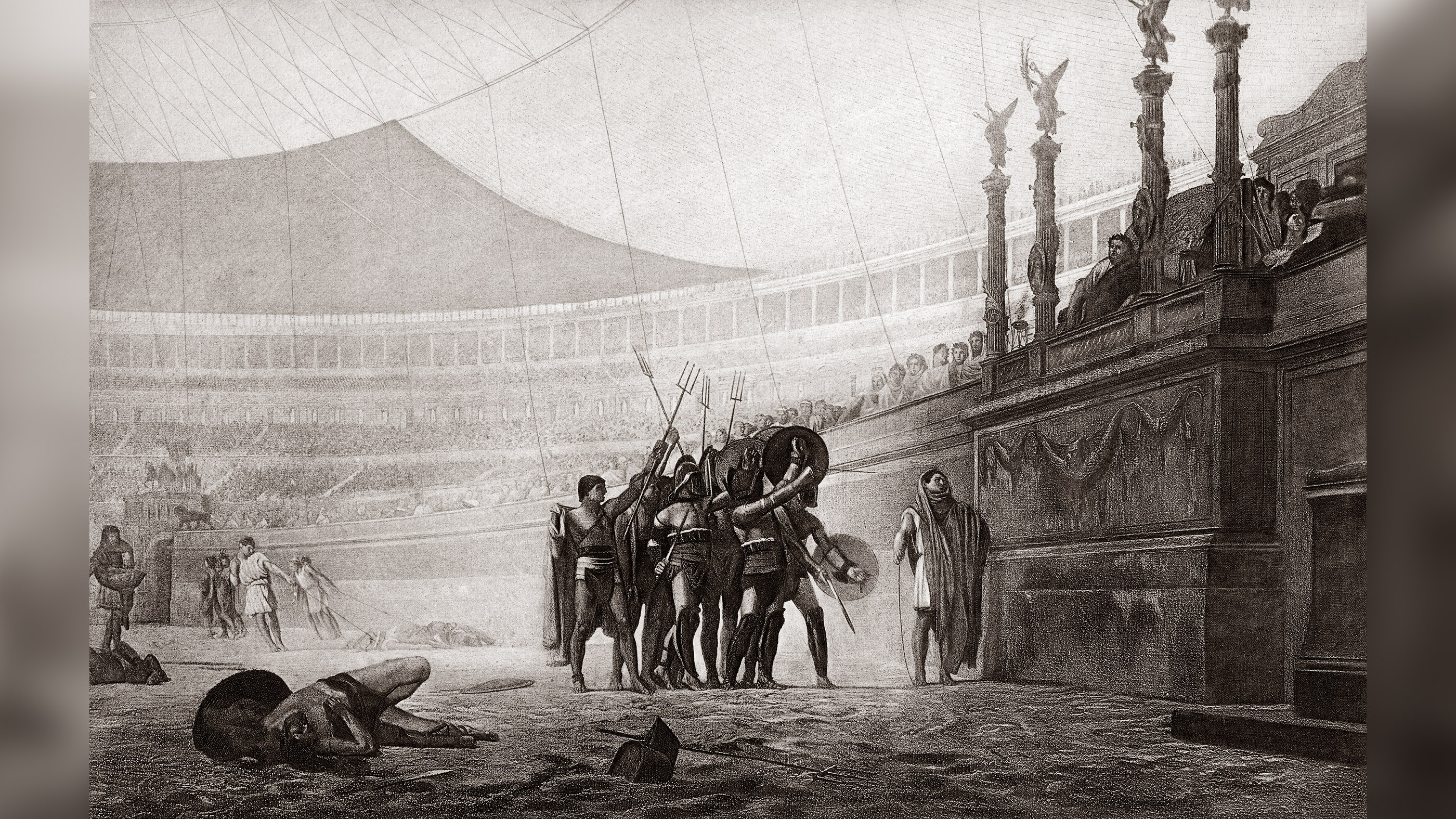
The republic system of governance lasted until 27 B.C. and tried to balance the interests of the patricians — the noble class of Roman citizens — with the plebians, the lower and often poorer class. Slaves were part of Roman society but were excluded from Roman citizenship. It's unclear whether early attempts at democracy in some ancient Greek states inspired the Romans to adopt a Republic.
During the republic period Roman control expanded to include all of Italy, much of Iberia and North Africa, Greece, Gaul and parts of the Middle East. "Rome had an empire long before she had an emperor," wrote Adrian Goldsworthy, a historian, in his book "Pax Romana: War, Peace and Conquest in the Roman World" (Weidenfeld & Nicolson, 2016).
The Roman republic disintegrated in the first century B.C. as a series of strongmen vied for power. Sulla ruled Rome as a dictator between 82 B.C. and 79 B.C., having his political opponents killed. Julius Caesar rose to power after defeating his rival Pompey in 48 B.C. and was named dictator for life in January 44 B.C. Caesar's dictatorship did not last for long, as he was assassinated on March 15, 44 B.C., with civil war erupting in Rome again.
Rome ceased to be a republic in 27 B.C. when Octavian, the great-nephew of Julius Caesar, was given the title "Augustus" (which translates as "revered one") by the Roman senate. Octavian had triumphed in a civil war in which his rival Mark Antony, along with Cleopatra VII, died by suicide, leaving Octavian in control of Rome. After this time, power became concentrated in the hands of Augustus and his successors.
Map of ancient Rome
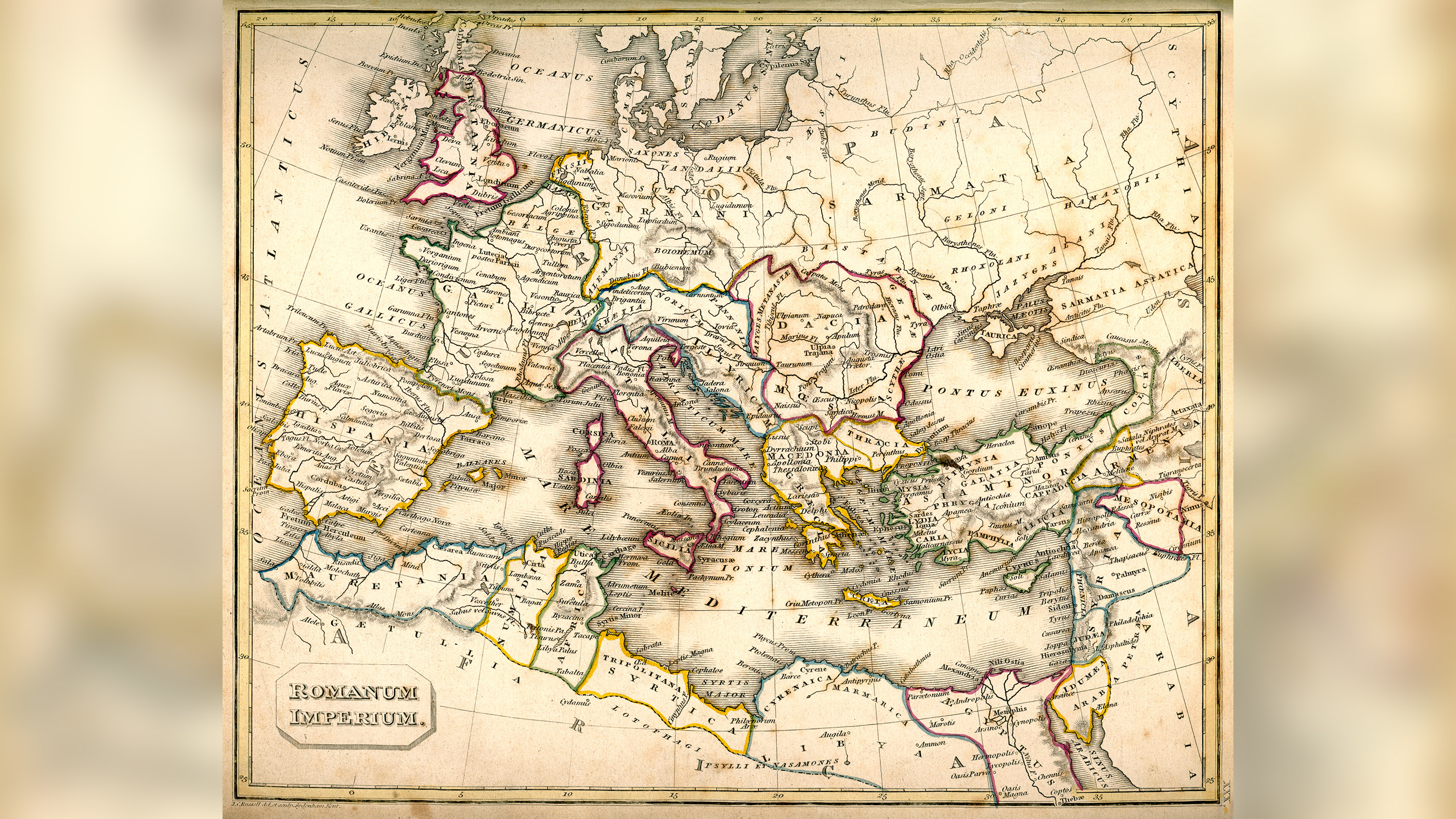
Rome itself had grown massively by the time Augustus came to power. "The dramatic growth of the capital city in the two centuries before Augustus, in the course of which its population may have quintupled, was achieved by high levels of immigration of destitute Italian peasants and enslaved provincials," wrote Peter Garnsey, an emeritus professor of classical antiquity at the University of Cambridge, and Richard Saller, a classics professor at Stanford University, in their book "The Roman Empire: Economy, Society and Culture" (University of California Press, 2014).
It was growth that other parts of the Roman world paid for. "The expensive grain distributions, public work programmes and entertainments of the city of Rome were financed from imperial taxes and rents from public properties carved out from the territory of other states," Garnsey and Saller wrote. "These revenues were drawn in large part from the provinces. Italy was not a province and was exempt from the direct tax on property and persons."
As the Romans took over new areas, Roman culture spread into them — most notably, Roman villas with mosaics would often start to appear. This process could happen quickly; for instance archaeologists recently found that the village of Blackgrounds, in Britain, adopted Roman customs, products and building techniques not long after it was conquered.
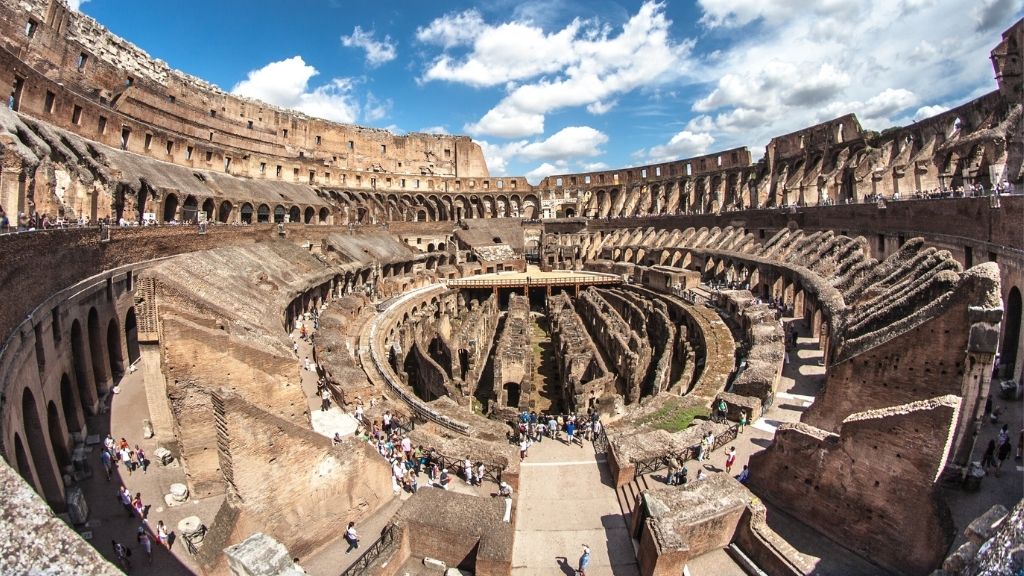
One of the most important structures built for entertaining the masses was the Colosseum, which hosted gladiator fights. It was constructed in the A.D. 70s and paid for using money and treasure looted from Jerusalem in A.D. 70, according to an ancient inscription located in the Colosseum.
Estimates for Rome's population vary, but the city may have had 1 million inhabitants in the first and second centuries A.D. The city's population fell in later times as the Roman Empire struggled.
Roman technological inventions helped them thrive. A system of sewers helped keep waste from overwhelming Rome, while a system of aqueducts kept fresh water coming into the city. Some Roman buildings had a hypocaust system that helped distribute heat. Additionally, when the Romans built new cities, they planned them using a grid system.
Ancient Rome's end
Modern-day historians often date the "Roman Empire" — the time after the Roman Republic ended — as lasting between 27 B.C. and A.D. 476. During this period, the Roman Empire, under the control of one or more emperors, expanded to include England, Wales and parts of modern-day Romania. It also made ill-fated attempts to conquer what are now Germany, Scotland and Iraq.
The period between 27 B.C. and A.D. 180 is sometimes called the "Pax Romana" (Roman Peace) because Rome was relatively stable compared to the times before and after those dates. However, there were still a number of assassinations and civil wars during this time.
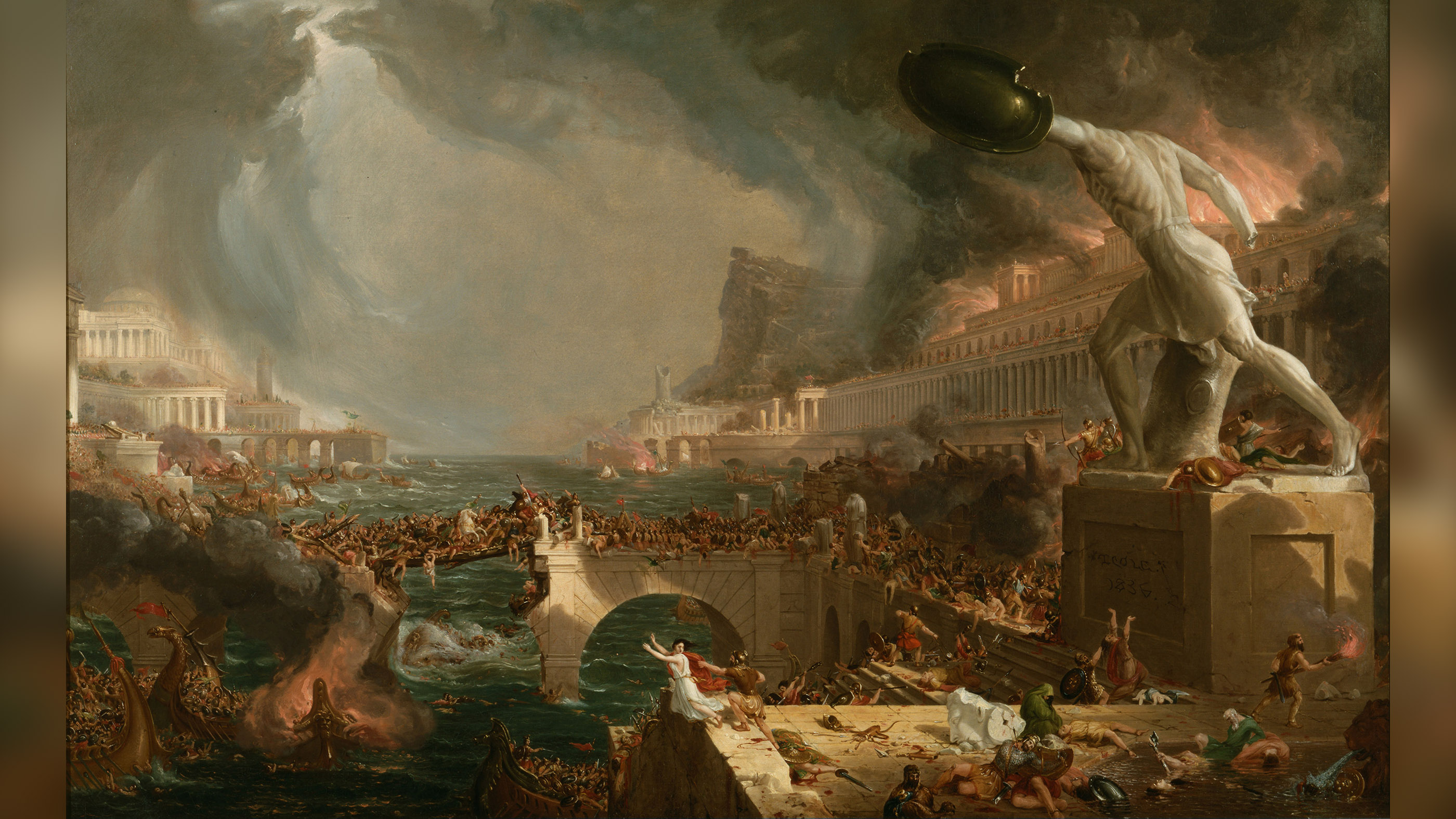
The period after A.D. 180 is often seen as a period of decline and change for the Roman Empire, as political unrest grew and the empire's borders came under attack from groups sometimes called the "barbarians." Christianity grew in popularity and was officially tolerated during the reign of Constantine, from A.D. 326 to 336. It eventually became the official religion of the Roman Empire, displacing the various deities that had been worshipped before.
Christianity brought many changes to the empire — as Roman 'pagans' became persecuted. Entertainment also changed — with gladiator games being curtailed in the fourth century A.D., before being banned for the final time in A.D. 404. Recently, archaeologists found the remains of the last amphitheater that was constructed for gladiator games in Switzerland.
The empire eventually split in two and became the Western Roman Empire and the Eastern Roman Empire. The two emperors would sometimes cooperate with each other and at other times were in conflict.
The fates of the two halves of the Roman Empire were quite different. The Western Roman Empire collapsed during the fifth century A.D. when its last Roman emperor was dethroned in A.D. 476. The Eastern Roman Empire continued for nearly a millennium. Modern-day historians often call this part of the empire the Byzantine Empire, although its ancient inhabitants continued to call themselves Roman.
It wasn't until 1453, when Constantinople — modern-day Istanbul — was captured by the Ottoman Empire, that the Roman Empire truly fell.
Ancient Rome timeline
April 21, 753 B.C.: Legendary date when Rome was founded by the brothers Romulus and Remus
509 B.C.: Year when last king of Rome supposedly deposed and the republic was founded
146 B.C:. Rome conquers and destroys Carthage and Corinth
82-79 B.C.: Dictatorship of Sulla
48 B.C.: Julius Caesar becomes ruler of Rome after his rival, Pompey, is killed.
January 44 B.C.: Caesar named "dictator for life" by the Roman senate
March 15, 44 B.C.: Julius Caesar is assassinated and civil war begins again.
30 B.C.: Octavian becomes sole ruler over Rome after his rival Mark Antony and Cleopatra VII are defeated.
27 B.C.: Octavian is given the title "revered one." Many modern historians consider this to be the year that the republic ended and the Roman Empire began.
A.D. 70: Roman troops sacked the second temple in Jerusalem.
A.D. 180: Death of Emperor Marcus Aurelius; historians generally regard this year as marking the end of the "Pax Romana."
A.D. 404: Emperor Honorius bans gladiator games.
A.D. 476: The Western Roman Empire came to an end as its last emperor was dethroned. The Eastern Roman Empire continues on and is often called the "Byzantine Empire" by historians, even though its people called themselves "Roman."
A.D. 1453: Constantinople taken by the Ottoman Empire; the Byzantine Empire ends.
Additional resources
- This Live Science article explores: Why did Rome fall?
- Mary Beard's book "SPQR: A History of Ancient Rome" (Liveright, 2015) provides a detailed look at Roman history.
- In this hour-long documentary from World History Documentaries, you will learn what life was like in ancient Rome.
Bibliography
Dynneson, Thomas "Rise of the Early Roman Republic: Reflections on Becoming Roman" Peter Lang publishing, 2018
Goldsworthy, Adrian "Pax Romana: War, Peace and Conquest in the Roman World" Weidenfeld & Nicolson, 2016
Peter Garnsey and Richard Saller "The Roman Empire: Economy, Society and Culture" University of California Press, 2014
Sign up for the Live Science daily newsletter now
Get the world’s most fascinating discoveries delivered straight to your inbox.

Owen Jarus is a regular contributor to Live Science who writes about archaeology and humans' past. He has also written for The Independent (UK), The Canadian Press (CP) and The Associated Press (AP), among others. Owen has a bachelor of arts degree from the University of Toronto and a journalism degree from Ryerson University.










